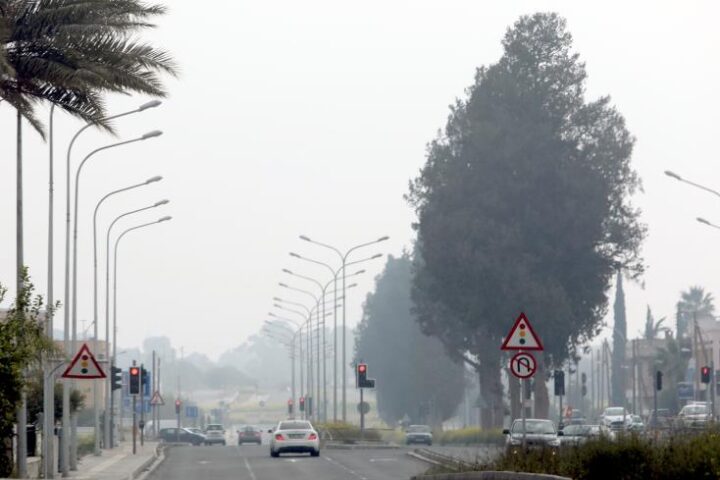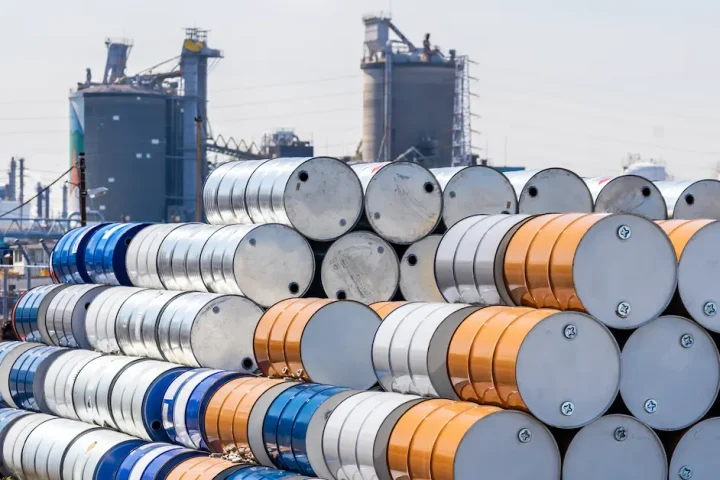.
Xi’s China flexes its muscles
Marcuard's Market update by GaveKal Research
Having celebrated Chinese leader Xi Jinping’s bold economic reform agenda, we must now take stock of a less appealing element of the new regime: a more determined and muscular effort to throw China’s weight around Asia. Beijing’s declaration on Saturday of a new “air defense identification zone” (ADIZ) covering a huge swathe of the East China Sea and including the disputed Senkaku Islands, came as an unwelcome surprise to Japan and the United States. It also suggests that the qualities that promise to make Xi a successful economic policymaker could also make him a diplomatic headache.
A number of countries, including Japan, operate ADIZs within which they reserve the right to monitor foreign aircraft, and China has presented its move as being purely within international standard practice. This is disingenuous. The action presents three grounds for concern.
 First, China established the zone abruptly, with no prior notification to countries that might be directly affected, notably Japan. Second, Beijing requires all foreign aircraft entering the zone to submit flight plans to the Civil Aviation Authority of China (CAAC), or risk facing “emergency defensive measures.” Japan requests, but does not require, submission of flight plans by planes entering its ADIZ, and does not threaten action if plans are not submitted. Third, the zone encompasses virtually all of the East China Sea (between Japan, South Korea and Taiwan), overlaps with Japan’s ADIZ, and covers the Senkakus, which Japan controls but China claims under the name of the Diaoyu Islands.
First, China established the zone abruptly, with no prior notification to countries that might be directly affected, notably Japan. Second, Beijing requires all foreign aircraft entering the zone to submit flight plans to the Civil Aviation Authority of China (CAAC), or risk facing “emergency defensive measures.” Japan requests, but does not require, submission of flight plans by planes entering its ADIZ, and does not threaten action if plans are not submitted. Third, the zone encompasses virtually all of the East China Sea (between Japan, South Korea and Taiwan), overlaps with Japan’s ADIZ, and covers the Senkakus, which Japan controls but China claims under the name of the Diaoyu Islands.
For these obvious reasons, China’s move was denounced by US Defense Secretary Chuck Hagel as “a destabilizing attempt to alter the status quo in the region” and by Japanese Premier Shinzo Abe as “unenforceable” and with “no validity whatsoever to Japan.” Despite those bold words, Japan’s two airlines announced that they were getting ready to comply with China’s demands. This underscores that China now has sufficient might to create facts on the ground (or in this case, in the air) in the region, and there is little anyone else can do about it.
Our hunch is that the bigger story behind this teapot-tempest is the gradual coalescence of a more focused and determined Chinese grand strategy for building up a sphere of economic, political and military influence in East and Southeast Asia, and gradually nudging the US away from what Beijing sees as its rightful domain. This desire has always been present, of course, but under previous governments China’s military capacity was too weak, and its foreign policy apparatus too uncoordinated, to execute this strategy effectively.
President Xi, however, has already shown himself to be a strong and decisive leader with a clear strategic view of economic development and a penchant for centralizing decision-making power with himself. It is likely, therefore, that the days of fragmented and inconsistent foreign policy in Beijing are over.
It is also important to understand that Xi’s economic and foreign policies spring from the same ultimate aim (shared by all modern Chinese leaders), which is to restore China to its historical position as a wealthy great power. The bold supply-side reforms unveiled at the Communist Party plenum two weeks ago are not motivated by an ideology of free markets or a desire to dismantle the state’s own extensive economic machinery. They are designed to enable the economy to grow faster for longer – thereby enhancing China’s global position as an economic great power – and to make the state sector leaner, more efficient and more effective – thereby making it a more useful instrument of state policies at home and abroad.
The gradual expansion of China’s regional influence is a natural complement to this economic strategy. And in fairness it also contains a legitimate defensive component. Back in the bad old days of Mao Zedong’s command economy, China deliberately put many industrial bases far inland to make them less vulnerable to attack; but in the last three decades China’s economic center of gravity has moved and inexorably to the coast. It’s quite natural for China to extend some kind of an air defense perimeter to protect its economic crown jewels.
But the bottom line for the next decade is that China’s stance in the East and South China Seas will become more assertive, not less, and a likely counterpart of more disciplined and efficient economic policy will be more disciplined and pugnacious foreign policy. China’s economy will grow healthier and stronger, but if anything this will make the country harder – not easier – to deal with in international disputes.







